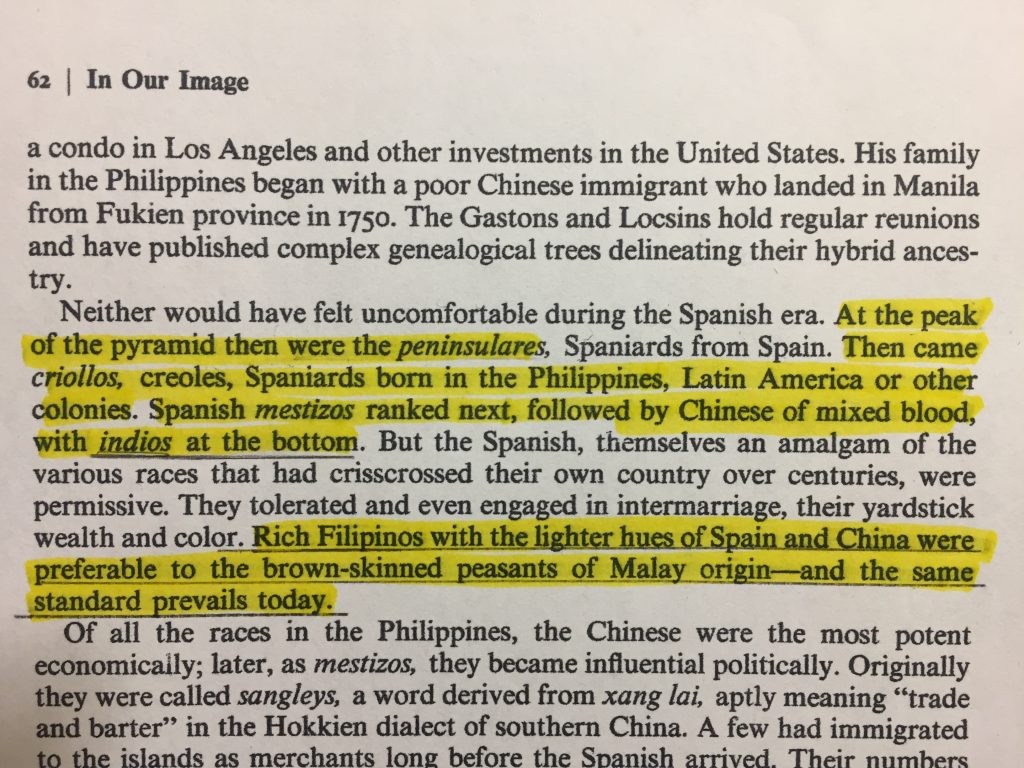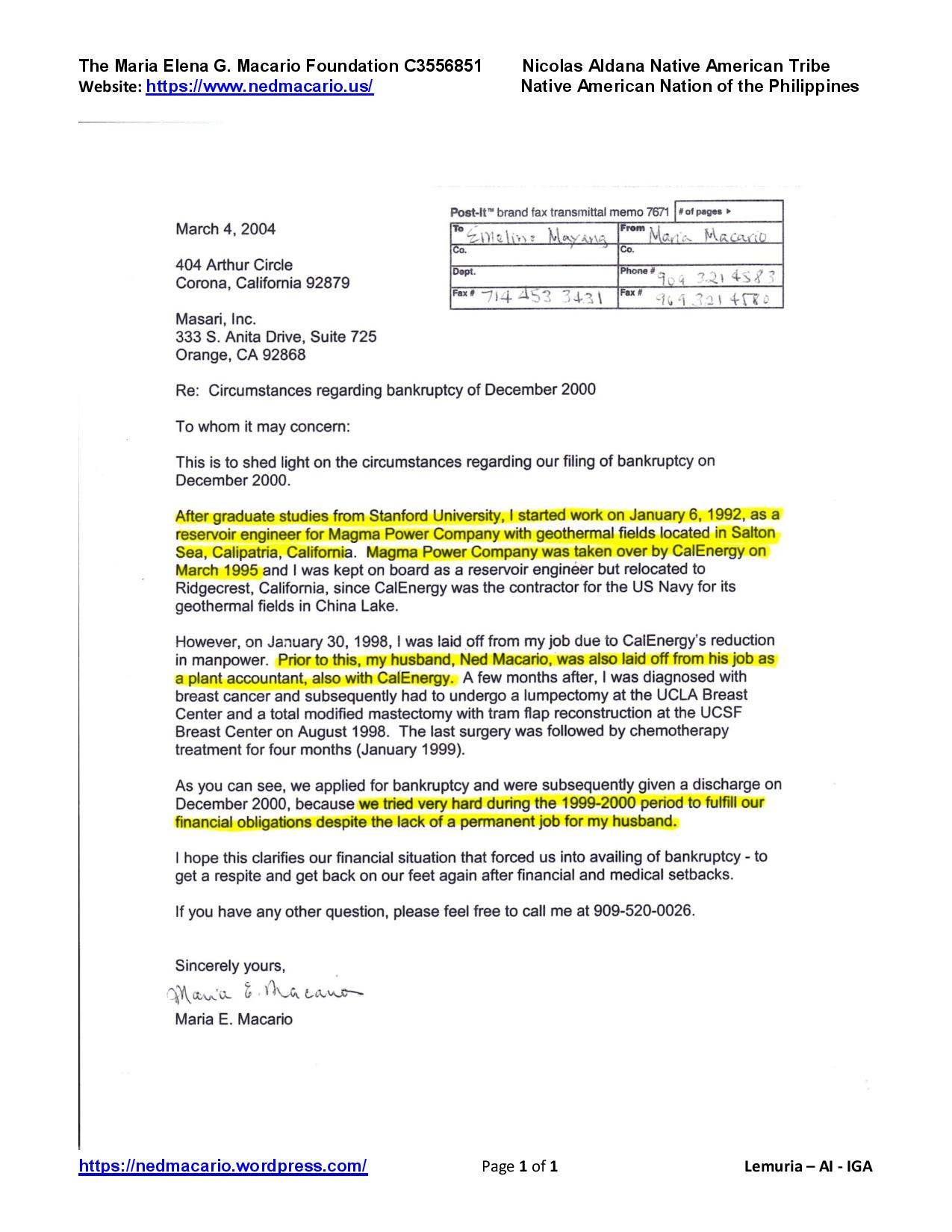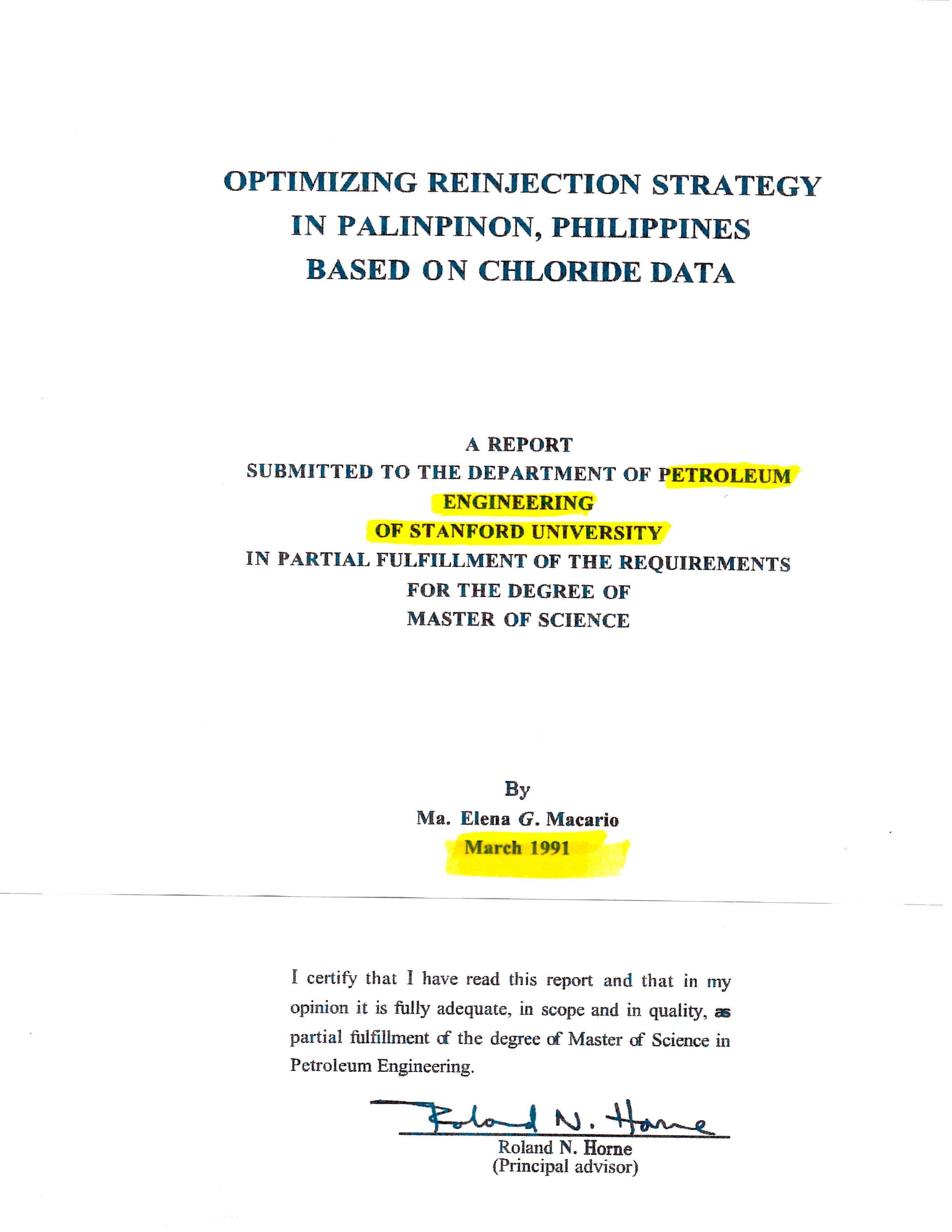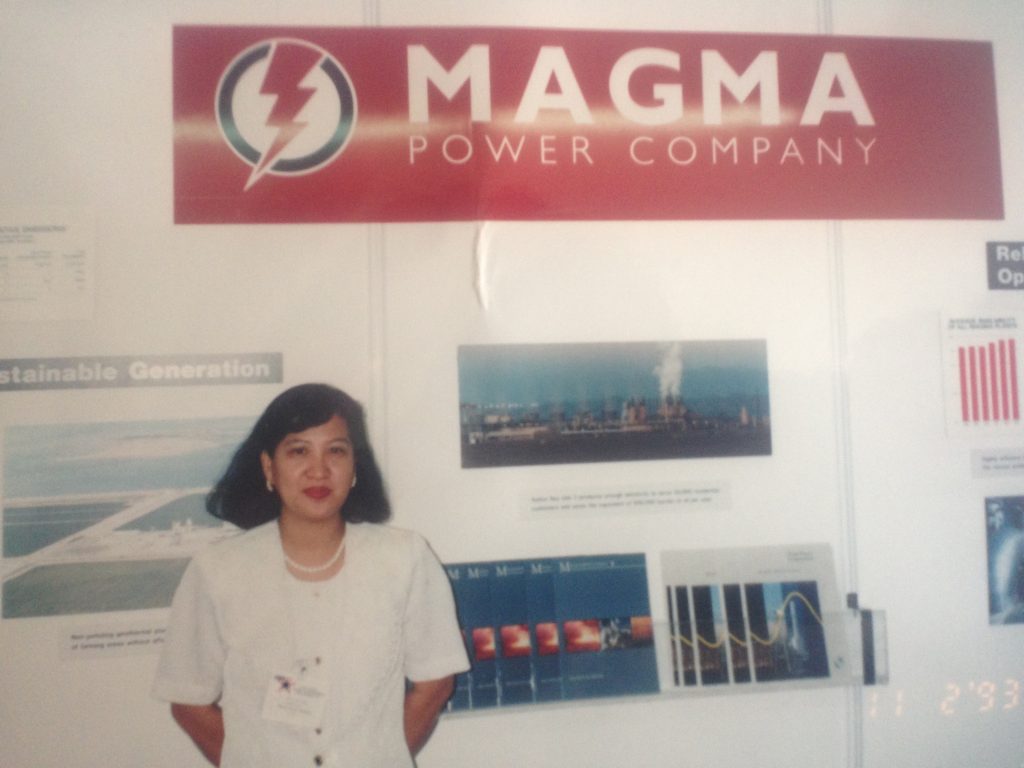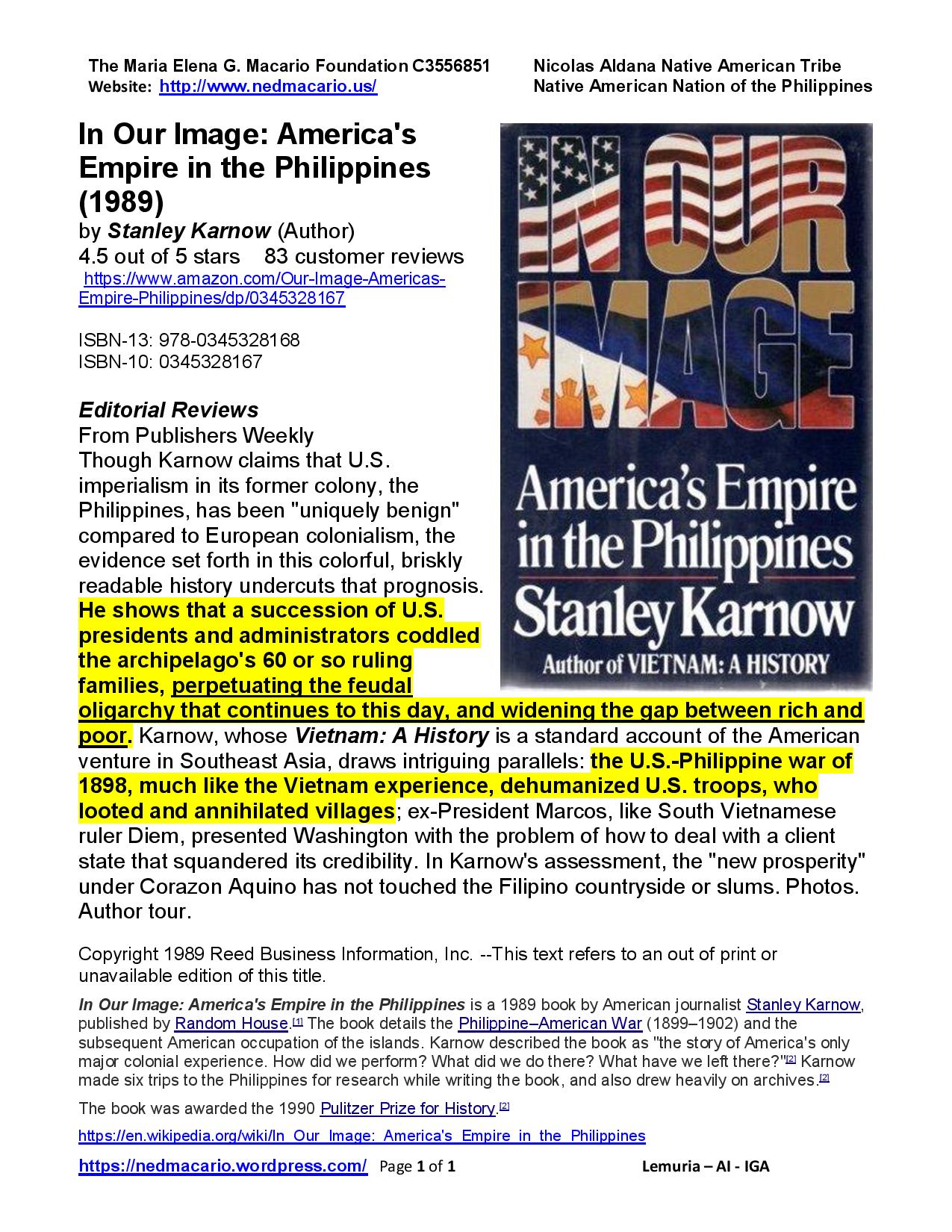Dec. 10, 2017 is Elena’s 7th year death anniversary and to remember her I’m writing a comment on “Gender Issues – Gender Inequality” the topic of Phyllis Gardner’s post last Nov. 28, 2017.
See: Gender Inequality in…OB/Gyn (Phyllis Gardner, USA, 11/28/17 4:10 am)
https://waisworld.org/go.jsp?id=02a&objectType=post&o=117581&objectTypeId=86805&topicId=114
Last September, I was going through my files and found three (3) items:
The first wass a fax letter dated Mar. 4, 2004 Elena sent to a financing company explaining how after finishing her MS in Petroleum Engineering at Stanford, we both worked for the same geothermal firm, Magma Power, lost our jobs and later we had to file for bankruptcy.
The second was a photo of Elena in the 1993 Energy Exposition in Manila, manning the booth of Magma Power Company, the geothermal firm we help secure a BOT contract (build-operate-transfer) with EDC-PNOC (Energy Development Corp.) geothermal division of PNOC, Phil. National Oil Company. PNOC was my late wife’s employer when she was in the Philippines.
The third with the photo is the letter from Elena’s immediate supervisor Dennis Kaspereit at CalEnergy requesting the Philippine Department of Foreign Affairs to expedite the processing of her passport that was lost in a MYSTERIOUS fire on April 9, 1995. Dennis Kaspereit further explained in the letter that Elena is indispensable in the operation and management of of Magma geothermal fields that CalEnergy recently purchased.
It was the first contract Magma Power ever landed overseas. It was also PNOC first time to deal with a foreign corporation. And it was also the first time the World Bank ever financed a geothermal power plant project in the Philippines.
Securing the BOT contract in the Philippines was so good for Magma Power that it became a takeover target and by March 1995, CalEnergy headed by David Sokol took over Magma Power. CalEnergy later became MidAmerican Energy Holdings Company a subsidiary of Warren Buffet’s Berkshire Hathaway Inc.
As a “reward” for our efforts working since Aug. 1992 to secure those contracts in the Philippines, in April 1995, I was laid off and Elena was transferred to Ridgecrest, CA.
While we were in Ridgecrest, Elena received a job offer to return to and work in the Philippines. The offer came from First Gas Power Corporation, a company owned by the oligarch family, the Lopezes, who despite their Spanish sounding name, are in fact ethnic Chinese.
As for me, ever since I came here in 1987, there has always been this very strong discouragement for me to stay here. Powerful people in the Philippines have always more than hinted that I should return and remain in the Philippines.
Having my college transcript of records sent from Lyceum where I earned my BSBA, directly to a school where I’m applying for graduate studies is a problem to this day.
It was out of this frustration that I first wrote on WAIS that “Except for the Philippines, in which known quislings & collaborators “declared” independence 1946”
See: re: Turkey & the EU; Mexico & the US (Bienvenido Macario, Philippines)
February 09, 2007
http://waisworld.org/go.jsp?id=02a&objectType=post&o=13691&objectTypeId=7941&topicId=1
Elena G. Macario in the 1993 Energy Exposition in Manila, manning the booth of Magma Power Company. During the exhibition, US Ambassador John Negropointe visited Magma Power’s booth and even posed for a photo with Elena.
My alma mater, Lyceum of the Philippines, was founded by quisling Jose P. Laurel, the puppet president appointed by the Japanese occupation army in WWII. His grandchildren are still in control of their family business established during the Japanese occupation.
Elena G. Macario in the 1993 Energy Exposition in Manila, manning the booth of Magma Power Company. During the exhibition, US Ambassador John Negropointe dropped by Magma Power’s booth and posed for a photo with Elena.
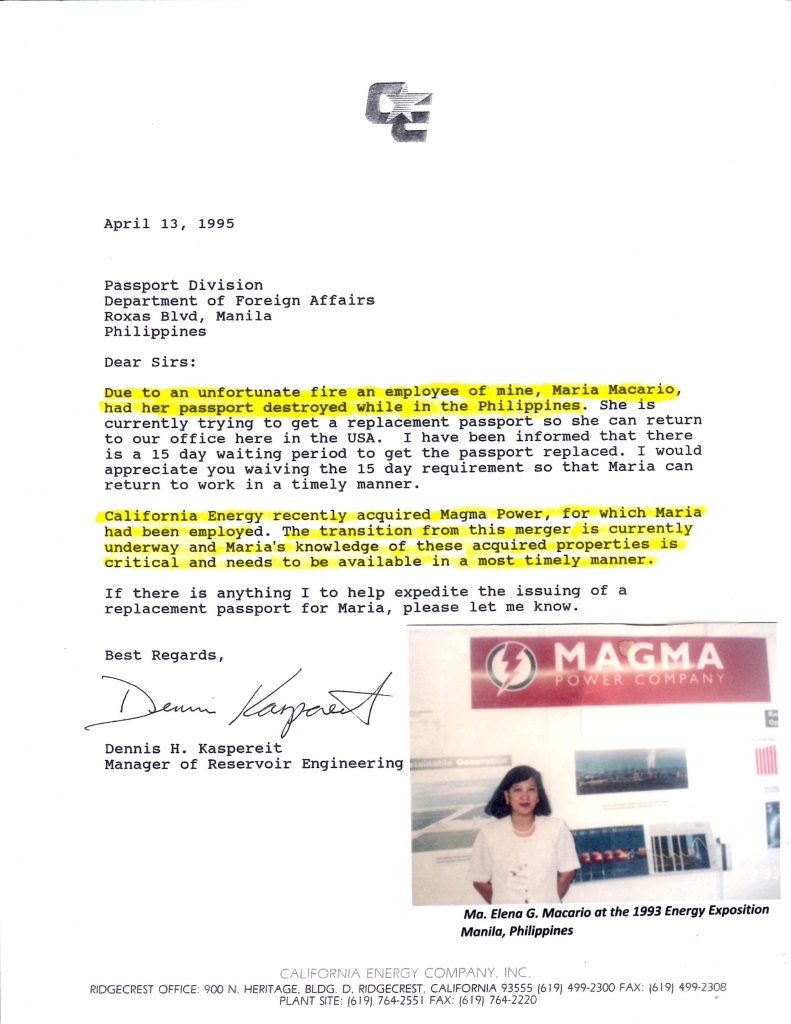 I’ll call this post: Gender & Race Issues -> Gender & Race Inequality.
I’ll call this post: Gender & Race Issues -> Gender & Race Inequality.
We already know that Filipino WWII veterans were denied military benefits retroactively to accommodate MacArthur’s fair-haired boy Manuel A. Roxas who was a Brig. General in the U.S. Army and was even wearing his uniform while collaborating with the Japanese as the closest adviser and colleague of quisling JP Laurel.
A review of Stanley Karnow’s book In Our Image – America’s Empire in the Philippines” (1989) by Publishers Weekly summed up and confirmed what I’ve been saying:
Whether as Native Americans or war veterans, those from the Philippines, the only US territory ever granted independence, are the most marginalized.
There was no referendum asking the Natives of the Philippines if we wanted to secede from the union with the US. After WW2 we were handed over the quislings & traitors who helped the Japanese Imperial Army during the brutal occupation of the Philippines.
Yet, I don’t know of Filipinos using the national anthem to air out their grievances.
“He (Karnow) shows that a succession of U.S. presidents and administrators coddled the archipelago’s 60 or so ruling families, perpetuating the feudal oligarchy that continues to this day, and widening the gap between rich and poor.”
- Publishers Weekly’s review of Stanley Karnow’s book; “In Our Image: America’s Empire in the Philippines” (1989) Publisher: Random Househttps://www.amazon.com/In-Our-Image-Americas-Philippines/dp/0345328167
And as usual, American journalists could never blame the U.S. Congress that passes the bills which the president, as chief executive, merely executes.
Karnow’s book that won the Pulitzer Prize for History in 1990, is an excellent reference book on Philippine History and should be a required reading in the U.S. and the Philippines, especially past, present and future officials and employees of the State Department, US military, US AID, and the Peace Corps who are in anyway involved or will be involved directly or indirectly to the Philippines.
After reading this book, one would realize that the US government is guilty to this day of aiding and abetting treason, corruption, oppression and tyranny in the Philippines an obviously and utterly FAILED STATE.
===============
Publishers Weekly’s review of Stanley Karnow’s book; “In Our Image: America’s Empire in the Philippines” (1989) Publisher: Random House
https://www.amazon.com/In-Our-Image-Americas-
About the Author
Stanley Karnow won the Pulitzer Prize for this account of America’s imperial experience in the Philippines. In a swiftly paced, brilliantly vivid narrative, Karnow focuses on the relationship that has existed between the two nations since the United States acquired the country from Spain in 1898, examining how we have sought to remake the Philippines “in our image,” an experiment marked from the outset by blundering, ignorance, and mutual misunderstanding.
Editorial Reviews
From Publishers Weekly
Though Karnow claims that U.S. imperialism in its former colony, the Philippines, has been “uniquely benign” compared to European colonialism, the evidence set forth in this colorful, briskly readable history undercuts that prognosis. He shows that a succession of U.S. presidents and administrators coddled the archipelago’s 60 or so ruling families, perpetuating the feudal oligarchy that continues to this day, and widening the gap between rich and poor.
Karnow, whose Vietnam: A History is a standard account of the American venture in Southeast Asia, draws intriguing parallels: the U.S.-Philippine war of 1898, much like the Vietnam experience, dehumanized U.S. troops, who looted and annihilated villages; ex-President Marcos, like South Vietnamese ruler Diem, presented Washington with the problem of how to deal with a client state that squandered its credibility. In Karnow’s assessment, the “new prosperity” under Corazon Aquino has not touched the Filipino countryside or slums. Photos. Author tour.
Copyright 1989 Reed Business Information, Inc. –This text refers to an out of print or unavailable edition of this title.
Book: In Our Image: America’s Empire in the Philippines
Publisher: Random House (1989)
https://www.amazon.com/In-Our-Image-Americas-Philippines/dp/0345328167
